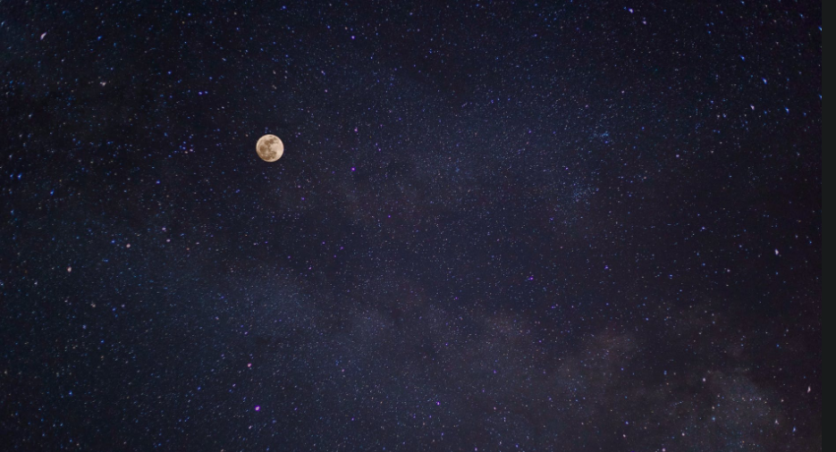There will be two rare sights for everyone to watch out for this week. First, we have Mercury, and the second one is a New Moon, though it isn't rare at all, it is still nice to see this silver dot on the night sky. Here's how when, where and how to watch these celestial events this week:

Read Also : Want To Be An Astronaut? A Wannabe Shares How To Train Like One in This Time of Social Distancing
Micro Moon, Mercury and Venus on Tuesday, March 24
Just as how the moon's monthly orbit brings it closer to earth, it does the same, occasionally, taking it far away. This will actually happen today when the moon reaches its furthest point from plant earth. Though, It will be coinciding with a new moon as well at 9:28 am Universal Time.
Aside from this, we will be having the chance to see both Mercury and Venus get as far away as they both possibly can from the sun visually.
The greatest elongation west of Mercury takes about 27.8° From the sun in the morning which should be visibly on the eastern horizon. While Venus will reach its greatest elongation by at least 46.1° from the sun in the evening sky.
With Venus shining brightly since the fall, it will appear to get lower after sunset until it completely disappears into the sun's glare.
Young Moon on Wednesday, March 25
After sunset, it is pretty much advised to look east and you just might see a very young 5% illuminated New Moon that is doing its best to try and stay visible in the sky.
Try and look for Venus above the south-western horizon and you can instantly locate the young moon. It is close to where the sun just set if you look down towards the horizon.
Crescent Moon and Venus on Thursday, March 26
If ever you get a hard time searching for the young moon, on this date, it should be much easier. It will be 9.5% illuminated and it will very much likely be visible below Venus. You can definitely see Earthshine as the sun reflects itself from the earth back on the moon.
Though, this will only be seen for a few days.
Venus and the Pleiades on Saturday, March 28
This time, you'll be looking towards the southwest after sunset and you will be able to see the bright lights shining in the form of a triangle. Venus and a crescent moon in close conjunction along with the Pleiades.
This will be formed by 100 young and hot blue stars, Alcyone being the brightest. The Pleiades is known for the name 'Seven Sisters' because of the seven stars that can be easily seen with the human naked eye.
Another great night for stargazing, photographers, and astronomers as we prepare to see a rare celestial event in the night sky.
ⓒ 2025 TECHTIMES.com All rights reserved. Do not reproduce without permission.




